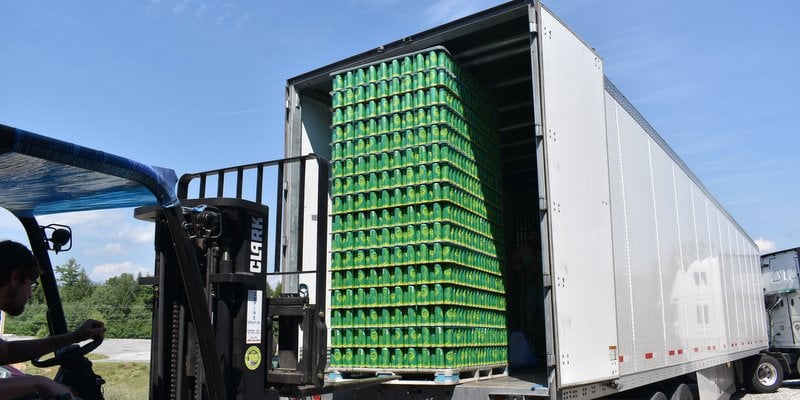
ICYMI: Craft Brewing Business turned 10 this year, and we are celebrating our 10th anniversary with craft breweries that also launched in 2013. In Cheers to 10 Years, we’ll learn how these brewing businesses have made it work for a decade, and how they plan to keep it going. Cheers to 10 Years!
Back in July, Paradox Brewery, a certified Veteran-owned, independent craft brewery founded in the heart of the Adirondack Mountains in North Hudson, N.Y., celebrated its 10-year anniversary. We’ve been highlighting breweries turning 10 this year in our Cheers to 10 Years Series because …
- CBB also turned 10 this year.
- That 10-year mark is a great time to reflect on exactly how a craft brewery has succeeded to this point – and how exactly it plans to survive another 10 years.
Paradox hinted at its path forward for the next 10, unveiling a new logo with a modern twist that reflects its state-of-the-art facility and innovation (and less of its humble founding in the mountains). The journey from beginning to present day, and the plan from here is super-instructive. Here are the highlights from our exchange with Paradox.
Background and brand launch
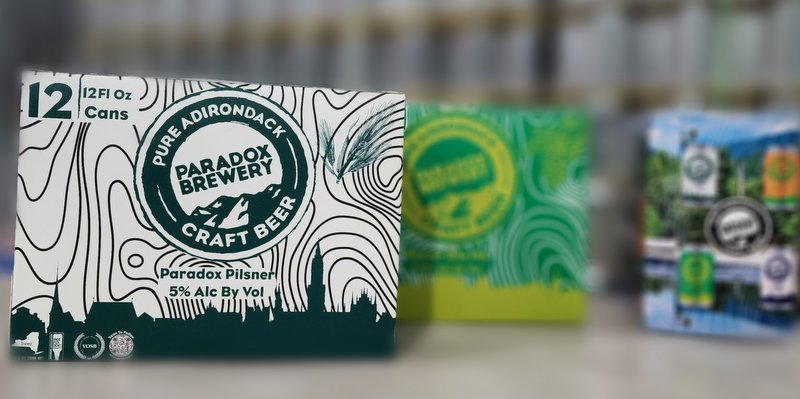
The Paradox story starts like any other: a homebrewing problem that got out of control. But Founder Paul Mrocka was no hipster-come-lately to the craft beer scene. Mrocka actually wanted to start a first-wave brewery back in the late ’80s / early ’90s. His idea then was to go the brewpub route.
His wife Joan was 100% against being in the food business so they shelved the idea. [Editor’s note: Smart.]
Fast forward to the 2010s and Paul and Joan (soon to be co-founder and CFO) have their house on Paradox Lake where Paul was homebrewing tons of beer and gaining a following with people hanging out on the lake. They got together a group of their nearest and dearest friends as investors and got the original location up and running in the summer of 2013.
“As for me I started homebrewing while in college — and after I failed an entire semester of classes because I was so focused on brewing, I decided to shoot my shot at brewing professionally,” says Devon Hamilton, Director Of Operations at Paradox Brewery. “As soon as I got into the industry, I dropped out of college and enrolled in the Siebel institute.”
Hamilton bounced around the east coast at startups and established breweries for a few years before becoming the head brewer at Paradox in 2014.
What’s changed: Scaling up (thanks Two Roads!)
Well, Hamilton’s role, for one.
“Since then, I have held just about every position in the company,” he tells us. “Nowadays, I’m the director of operations which allows me to wear a lot of hats and get involved in several different departments within the brewery.”
The first Paradox location was a 1,400 sq ft proof of concept brewery. The building used to house a gas station, a bait shop, a general store and even a post office.
“The building really had no business being a brewery, but we made it work and supplemented the beer we couldn’t produce enough of by contract brewing with Two Roads Brewing,” Hamilton says.
Thanks to that Two Roads production, Paradox was able to chase down some chain mandates that helped them to build out their current 25,000 sq ft facility.

“We started brewing at our new facility in October of 2019 and opened the tasting room in March of 2020,” Hamilton says. “Two weeks later the state shut us down for COVID lockdown.”
I gasped when I heard that because, sheesh, terrible timing that could accidentally sink all of the hard work to that point. But get this: Paradox managed to not lay off or furlough a single employee during COVID. “We actually grew the staff,” Hamilton says.
Other changes came about just due to the competitive nature of the market.
“Back in the ‘shed days,’ we were able to produce whatever beers we could think up. At the time, there were only about 2,500 breweries nationwide. Now we’re looking at 10,000 breweries. This has led us to being a lot more deliberate about what beers we put into market.”
Hamilton says it’s definitely become harder not only to compete on the shelf for that customer attention, but also to get the attention from wholesalers. Their products need to perform in market.
“The past two years have been the toughest beer market in the past decade,” Hamilton says. “We’re feeling the same pressures many other regional craft brewers are.”
Key turning point?
Moving away constant new beers and focusing on core seasonals.
“One thing we’re doing now is offering beer as seasonals. In the past, we were doing what a lot of other outfits were and turning and burning new beers all the time. Now that we have a dedicated sales staff, those guys were asking for more opportunities to build permanent placements and relationships with seasonal products.”
These seasonal and rotating 12-pack offerings have been huge.
“We were a little slow on the draw with our summer seasonal The Great Kolsch Affair: Blood Orange,” Hamilton admits. “Had we been quicker, we would have been able to run an unprecedented (for us) 90 BBL of that beer. Also, the 12 packs and variety packs are really helping us out in the grocery and independent off-premise retailers.”
Paradox’s strategy will continue to evolve as “we get smarter on the sales and distribution side.”
“We have really started to ask why any beer we produce may or may not deserve a spot on a retail shelf,” he says. “Even if the beer isn’t something we envision for distribution to retail, it doesn’t mean we don’t produce that beer, it may be a brewery only or limited distribution beer.”
BTW: Paradox does still have a few small 10 BBL tanks for fun tasting room beers.
How to survive the next 10 years? Keep asking key questions
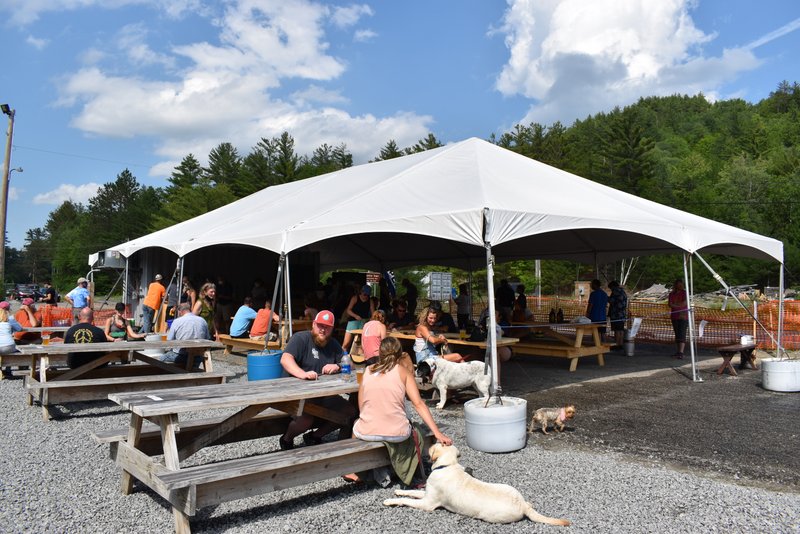
The nationwide number – 10,000+ breweries – is one thing, but New York State has the second most breweries of any other state (behind California). That puts a finer point on things. How does one keep up in such a market?
“What we’re doing is making the changes we need to in order to hopefully bring some new customers into the segment and really put some deep thought into our go-to-market sales and marketing strategies,” Hamilton says.
Paradox recently partnered with some of the best consultancies in the business (Trampoline Design out of Glens Falls for branding and PR, Bump Williams Consulting out of Connecticut for sales and retail strategy and training). Right out of the gate, these consultations showed tangible benefits.
“Trampoline has been helping us update our look and feel,” Hamilton says. “We danced around the idea for a few months. Part of this process was deciding on a very specific target market and making sure everything we are doing is with the intention of speaking to that demographic.”
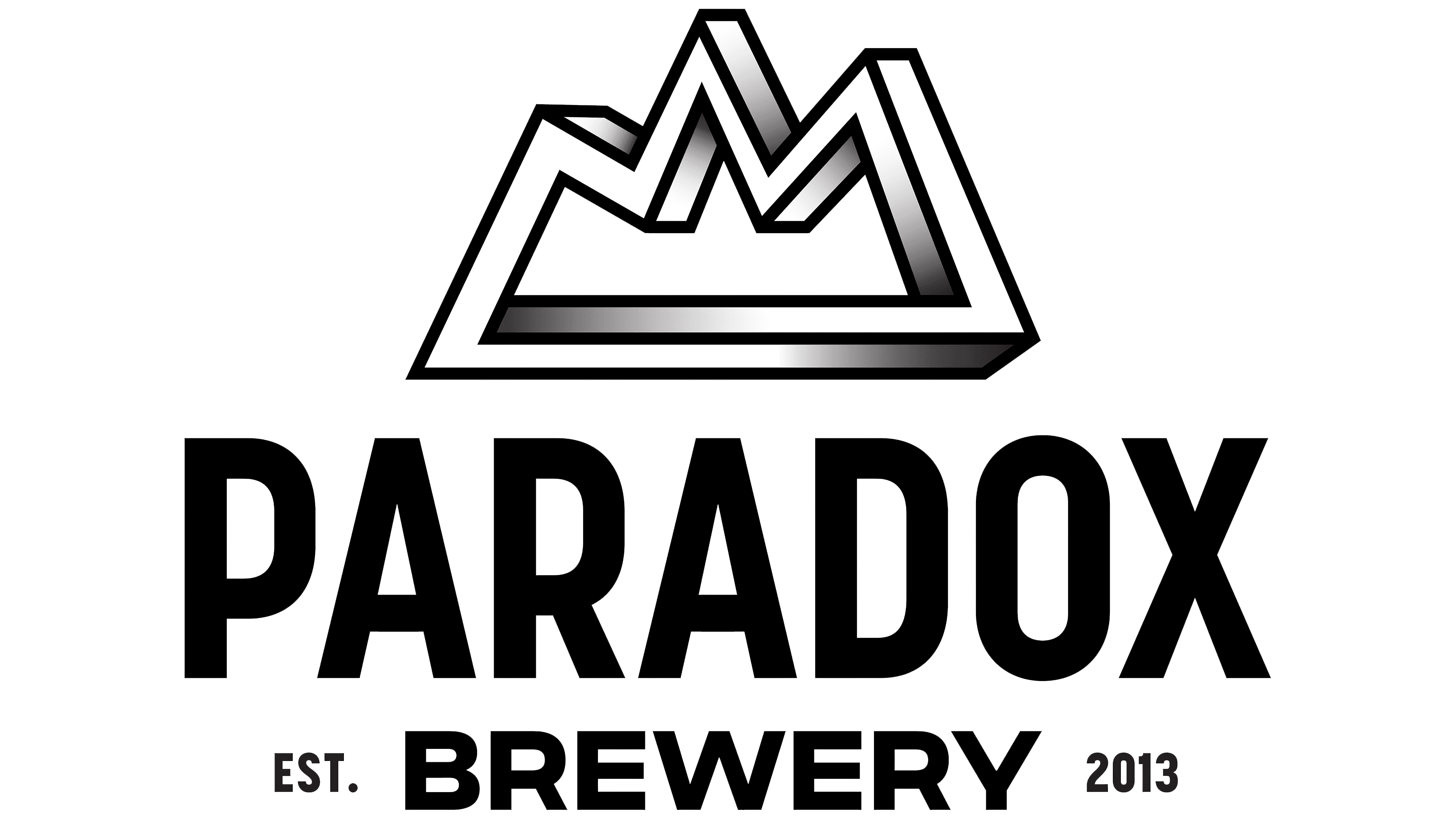
What needed to change?
“We had a feeling we needed to get away from the Adirondack-style branding in order to make sure were relevant in markets away from home. We don’t need to scream about being in the Adirondacks because we’re here providing jobs for local folks every day; it’s already a part of who we are.
“What we do need to do is let everyone know that we are a high-tech, modern, purpose-built facility that’s cranking out world-class beer. Our new look reflects that, and our new packaging designs will as well.”
From 2013 to now, Paradox has changed just about everything but its name. That’s not a bad thing!
It’s both the natural evolution of a homebrewing hobbyist turned professional, real-world business, and what’s generally needed in such a fast-changing, hyper competitive market.
But, hey, new logo or old logo, old name or new name, the true vision remains the same:
“I do want to make sure everyone knows that the liquid in the can is the same thing you have come to love and expect out of us.”
Cheers to 10 years! If your brewery is turning 10 and wants to cheers, drop me a line at [email protected]. Tell me your story …
• What’s changed over the last 10 years?
• Key turning points or decisions to note?
• Are you making any changes to prep for the next 10?
Here are some more Cheers to 10 Years features:

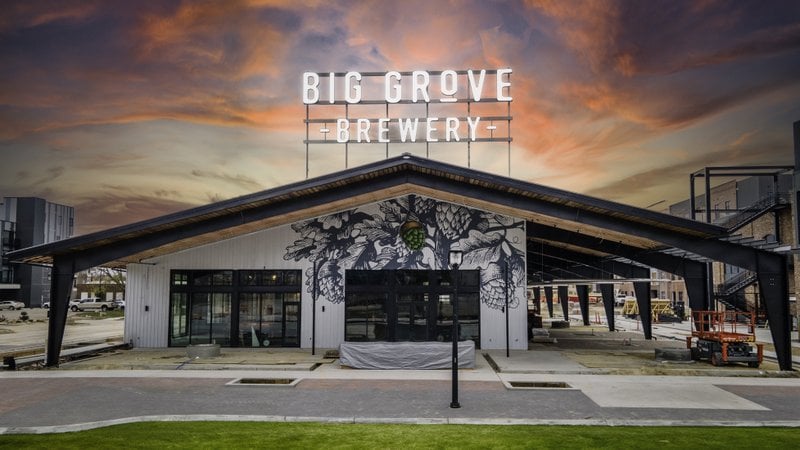

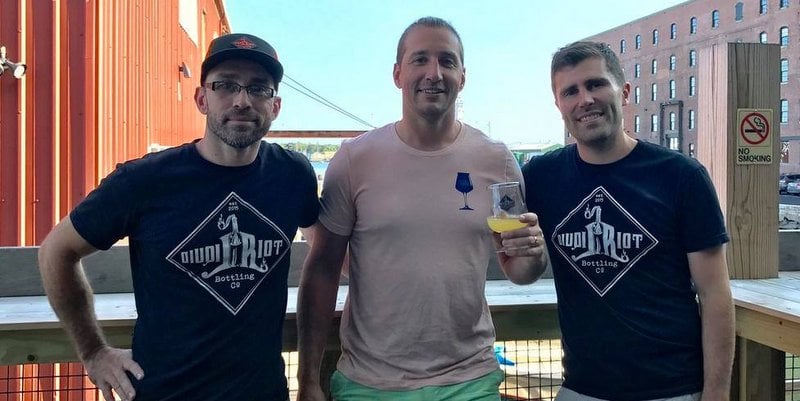
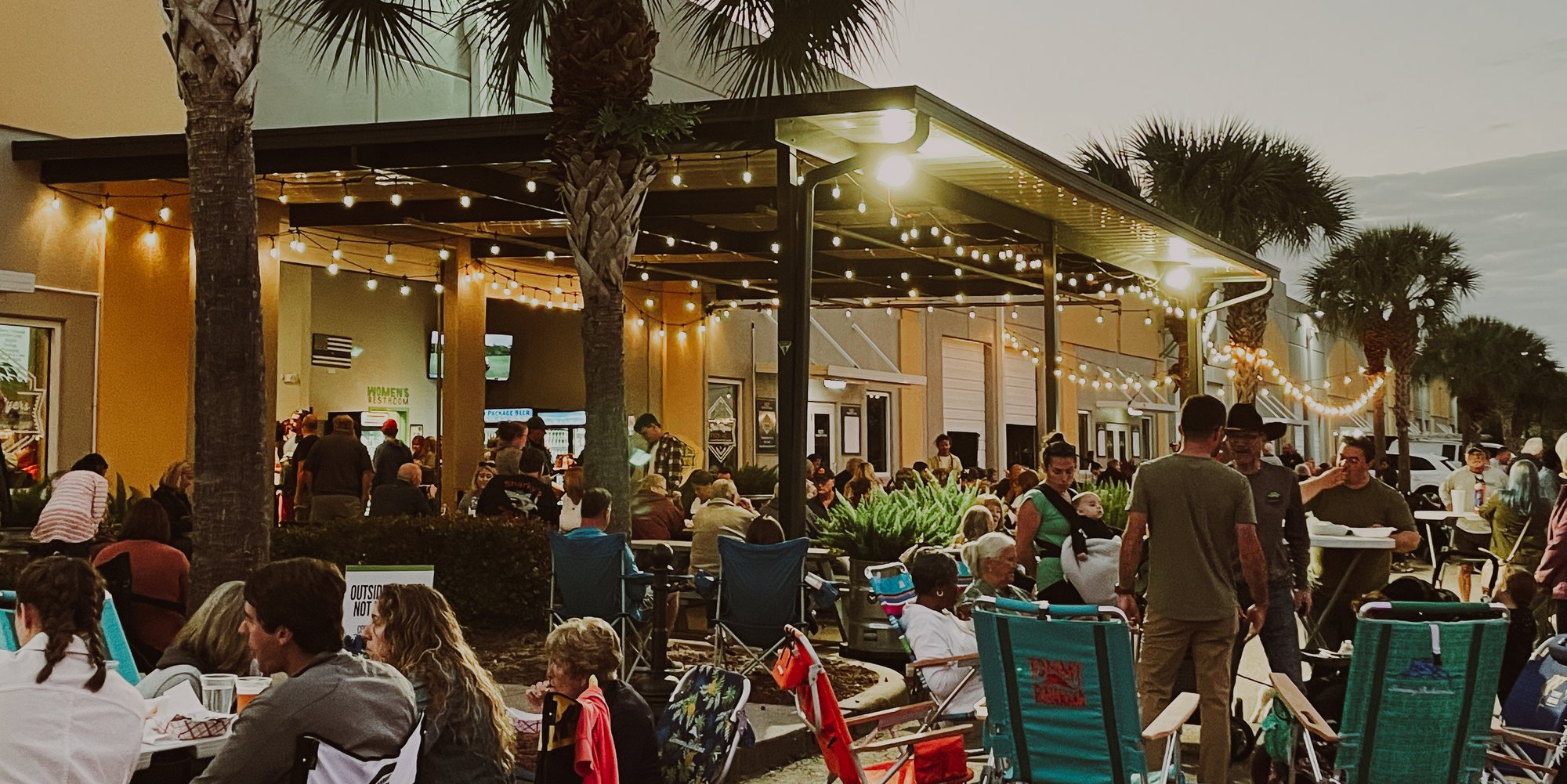

Leave a Reply
You must be logged in to post a comment.